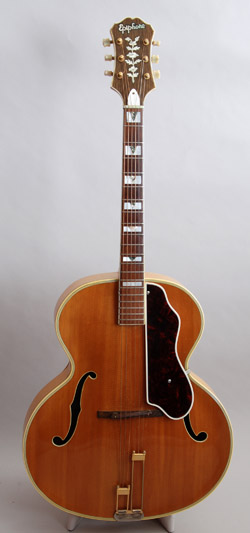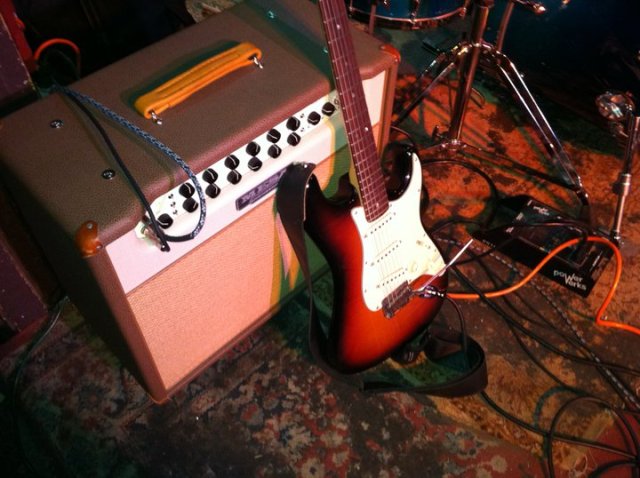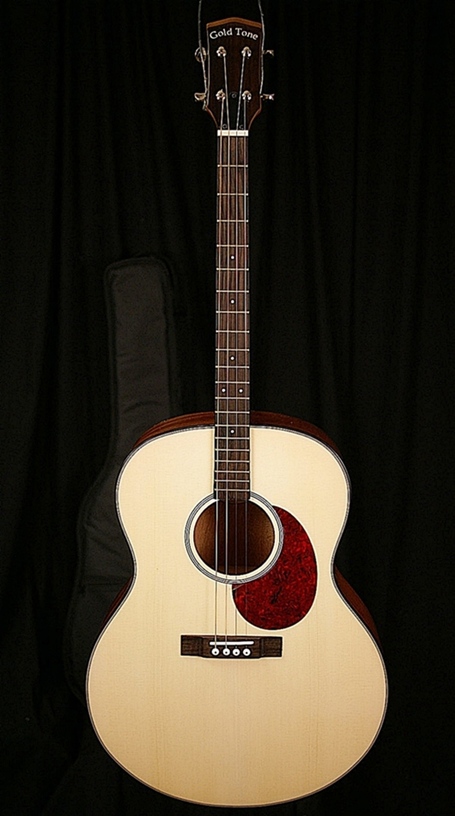Original Post From http://www.songwriting.net
The Beatles are known as the most successful music group in music history, selling over a billion records worldwide. The songwriting partnership between Lennon and McCartney is legendary. The Beatles collectively were also songwriting Ninjas, but they employed many tricks that anyone can add to their songwriting tool box. Here are 5 less obvious examples:
Five Beatles Songwriting Tricks
1. Mutate Your Chorus As well as starting songs with the chorus, some of The Beatles’ greatest hits open with a chorus hybrid that previews the title and hooks. The intro to Help has the same chord progression as the chorus but moves twice as fast and features the title 4 times (to the chorus’s 3). Use this trick and by the time you reach your chorus the listener will be hooked by the reassuring feeling that they’ve heard your song somewhere before.
2. Bluesify Your Melody We expect to hear blue notes like the b3, b5 and b7th in rockers like Back In The USSR but the Beatles often added these notes into more melodic material too. In Blackbird the final phrase uses the b7 on inTO the LIGHT and the b3 on dark BLACK night. Tricky to pull off if you’re not a confident singer — you might want to insert the blue note into your chord until you’ve learnt to pitch it correctly. Using it will add a soulful edge to your melodies. Also used on: Ticket To Ride, From Me To You.
3. Delay The Root Chord Starting a song on the tonic chord is a rut the Beatles managed to avoid a surprising number of times. Eleanor Rigby starts on C major (the bVI of Em) before heading to the home chord. It’s one of the many things that gives the track such an immediate sense of tension. Using this trick will give your progressions more forward momentum. Also used on: All My Loving, Hello Goodbye.
4. Utilize The Outside Chord Many of us employ ‘out of key’ chords (whether we realise it or not!). But out of 186 Beatles compositions only 22 remain in key! In Strawberry Fields Forever, Lennon pulls the rug from under the Bb major tonality by replacing the F major chord with an F minor . Bb Let me take you down ‘cos I’m going Fm to… It’s like the stomach drop you experience on the crest of a rollercoaster. Later he creates a disorientating momentary high by replacing the Gm with a G major. Eb Nothing to get G hung about Outside chords will surprise your listeners and freshen your melodies. Also used on: I Am The Walrus, Fool On The Hill.
5. Restate Your Lyrics The Beatles didn’t make their lyrics memorable just by repeating sections wholesale. They also repeated and adapted words, phrases and sentence structures. Take A Day In The Life. 4 verses, a middle 8 and only one repeated line. And yet it’s memorable (in part) because of lyrical links like these – I read the news/saw a film today, oh boy and though the news was rather sad/holes were rather small found my way downstairs/coat/way upstairs I just had to laugh/look Using this subtle trick will make your lyrics sticky and give a sense of unity to a track.








